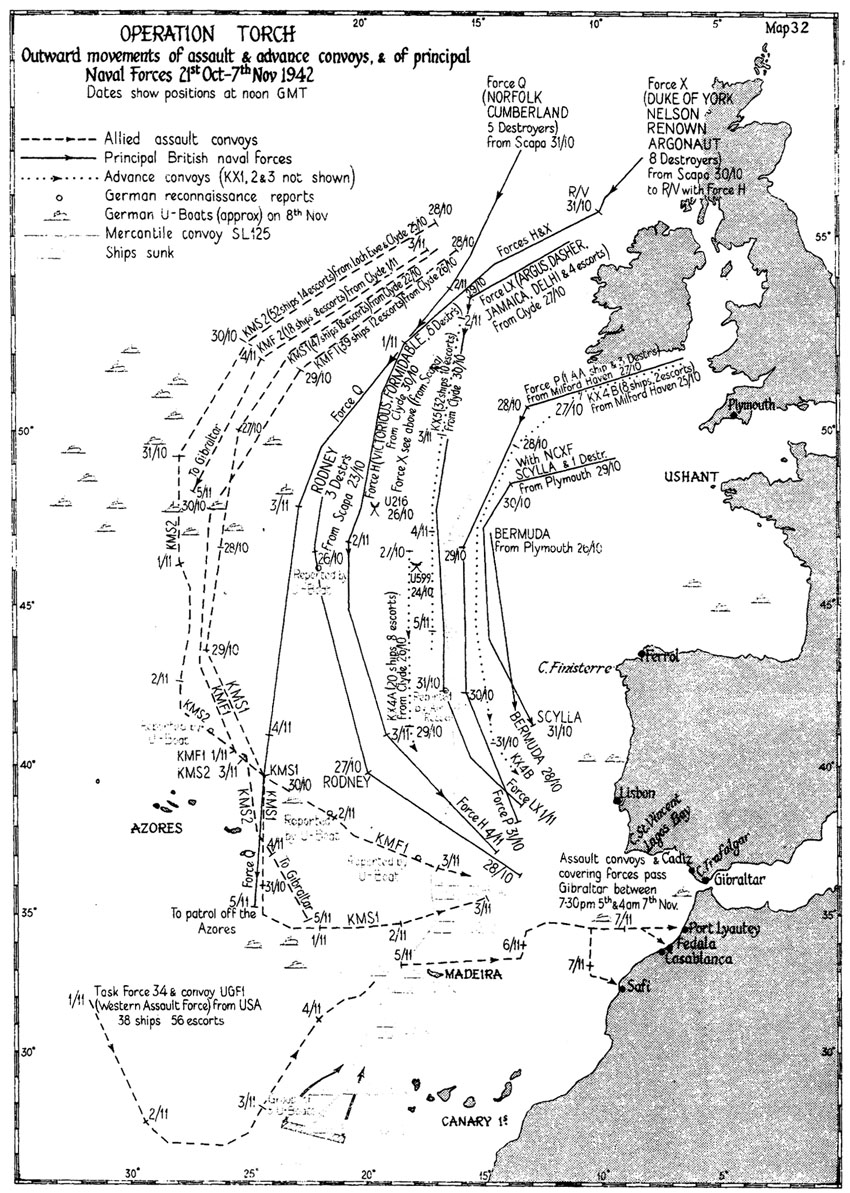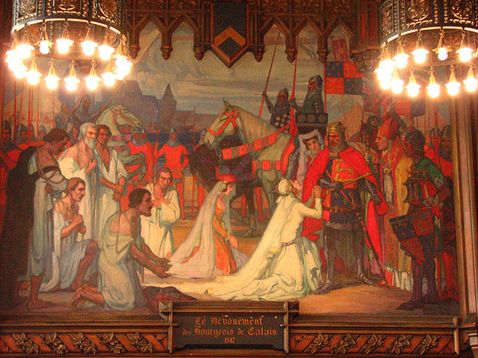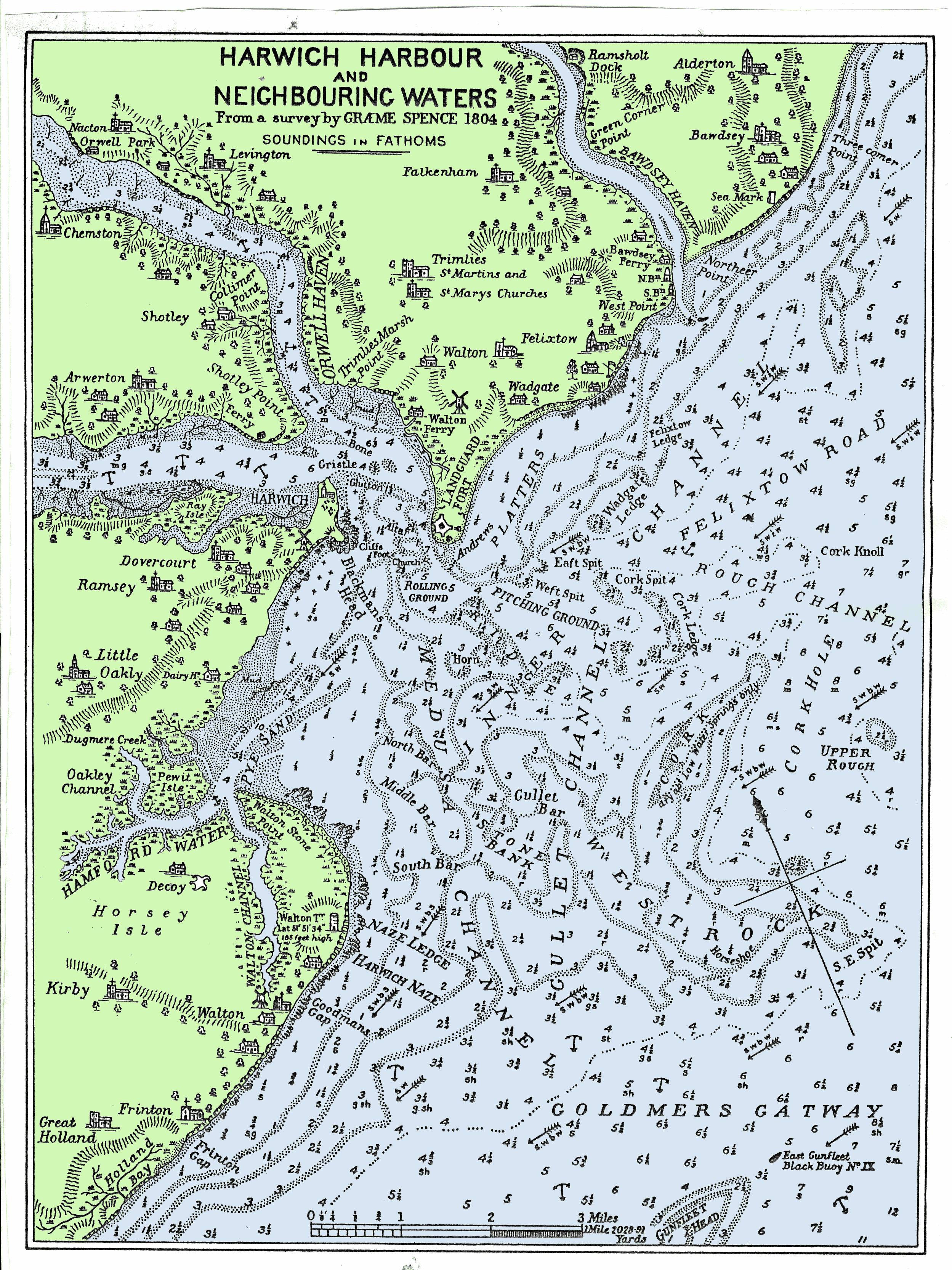|
HMS Verity (D63)
HMS ''Verity'' was an Admiralty modified W-class destroyer built for the Royal Navy. She was the first ship to carry the name ''Verity''. She was ordered in January 1918 from John Brown & Company of Clydebank with the 13th Order for Destroyers of the Emergency War Program of 1918–19. Construction HMS ''Verity''s keel was laid on 17 May 1918 at the John Brown & Company Shipyard in Clydebank, Scotland. She was launched on 19 March 1919. She was overall in length with a beam of . Her mean draught was , and reached under full load. She had a displacement of 1,140 tons standard and up to 1,550 full load. She was propelled by three Yarrow type water tube boilers powering Brown-Curtis geared steam turbines developing 27,000 shp driving two screws for a maximum designed speed of 34 knots. She was oil-fired and had a fuel capacity of 320 to 350 tons. This gave a range of between 3500 nautical miles at 15 knots to 900 nautical miles at 32 knots. She shipped four BL 4.7 in (120-m ... [...More Info...] [...Related Items...] OR: [Wikipedia] [Google] [Baidu] |
John Brown & Company
John Brown and Company of Clydebank was a Scottish Naval architecture, marine engineering and shipbuilding firm. It built many notable and world-famous ships including , , , , , and ''Queen Elizabeth 2 (ship), Queen Elizabeth 2''. At its height, from 1900 to the 1950s, it was one of the most highly regarded, and internationally famous, shipbuilding companies in the world. However thereafter, along with other UK shipbuilders, John Brown's found it increasingly difficult to compete with the emerging shipyards in Eastern Europe and the far East. In 1968 John Brown's merged with other Clydeside shipyards to form the Upper Clyde Shipbuilders consortium, but that collapsed in 1971. The company then withdrew from shipbuilding but its engineering arm remained successful in the manufacture of industrial gas turbines. In 1986 it became a wholly owned subsidiary of Trafalgar House (company), Trafalgar House, which in 1996 was taken over by Kvaerner. The latter closed the Clydebank engine ... [...More Info...] [...Related Items...] OR: [Wikipedia] [Google] [Baidu] |
Horsepower
Horsepower (hp) is a unit of measurement of power, or the rate at which work is done, usually in reference to the output of engines or motors. There are many different standards and types of horsepower. Two common definitions used today are the imperial horsepower as in "hp" or "bhp" which is about , and the metric horsepower as in "cv" or "PS" which is approximately . The electric horsepower "hpE" is exactly , while the boiler horsepower is 9809.5 or 9811 watts, depending on the exact year. The term was adopted in the late 18th century by Scottish engineer James Watt to compare the output of steam engines with the power of draft horses. It was later expanded to include the output power of other power-generating machinery such as piston engines, turbines, and electric motors. The definition of the unit varied among geographical regions. Most countries now use the SI unit watt for measurement of power. With the implementation of the EU Directive 80/181/EEC on 1 January 201 ... [...More Info...] [...Related Items...] OR: [Wikipedia] [Google] [Baidu] |
Axis Powers
The Axis powers, originally called the Rome–Berlin Axis and also Rome–Berlin–Tokyo Axis, was the military coalition which initiated World War II and fought against the Allies of World War II, Allies. Its principal members were Nazi Germany, Fascist Italy, Kingdom of Italy and the Empire of Japan. The Axis were united in their far-right positions and general opposition to the Allies, but otherwise lacked comparable coordination and ideological cohesion. The Axis grew out of successive diplomatic efforts by Germany, Italy, and Japan to secure their own specific expansionist interests in the mid-1930s. The first step was the Italo-German protocol of 23 October 1936, protocol signed by Germany and Italy in October 1936, after which Italian leader Benito Mussolini declared that all other European countries would thereafter rotate on the Rome–Berlin axis, thus creating the term "Axis". The following November saw the ratification of the Anti-Comintern Pact, an anti-communis ... [...More Info...] [...Related Items...] OR: [Wikipedia] [Google] [Baidu] |
Operation Torch
Operation Torch (8–16 November 1942) was an Allies of World War II, Allied invasion of French North Africa during the Second World War. Torch was a compromise operation that met the British objective of securing victory in North Africa while allowing American armed forces the opportunity to begin their fight against Nazi Germany and Fascist Italy on a limited scale. The French colonies were aligned with Germany via Vichy France but the loyalties of the population were mixed. Reports indicated that they might support the Allies. The American General Dwight D. Eisenhower, supreme commander of the Allied forces in Mediterranean and Middle East theatre of World War II, Mediterranean theater of the war, approved plans for a three-pronged attack on Casablanca (Western), Oran (Centre) and Algiers (Eastern), then a rapid move on Tunis to catch Axis forces in North Africa from the west in conjunction with the British advance from Egypt. The Western Task Force encountered unexpected ... [...More Info...] [...Related Items...] OR: [Wikipedia] [Google] [Baidu] |
E-boats
E-boat was the Western Allies' designation for the fast attack craft (German: ''Schnellboot'', or ''S-Boot'', meaning "fast boat"; plural ''Schnellboote'') of the Kriegsmarine of Nazi Germany during World War II; ''E-boat'' could refer to a patrol craft from an armed motorboat to a large ''Torpedoboot.'' The name of E-boats was a British designation using the letter ''E'' for ''Enemy''. The main wartime production boats, from ''S26'' onwards (but often designated the ''S100'' class), were very seaworthy, heavily armed and capable of sustaining , briefly accelerating to . These were armed with torpedoes and Flak guns; commonly one 37 mm at the stern, one 20 mm at the bow with a twin mount amidships, plus machine guns. Armament varied and some ''S26'' class boats substituted a 40mm Bofors or, less commonly, a 20mm ''flakvierling'' (quadruple mount) for the aft 37mm cannon. The ''S26'' class boats – which provided the bulk of the wartime deliveries – were ... [...More Info...] [...Related Items...] OR: [Wikipedia] [Google] [Baidu] |
Naval Trawler
Naval trawlers are vessels built along the lines of a fishing trawler but fitted out for naval purposes; they were widely used during the World War I, First and World War II, Second World Wars. Some, known in the Royal Navy as "Admiralty trawlers", were purpose-built to naval specifications; others were adapted from civilian use. Fishing trawlers were particularly suited for many naval requirements because they were robust vessels designed to work heavy Trawling, trawls in all types of weather, and had large clear working decks. A minesweeper could be created by replacing the trawl with a mine sweep. Adding depth charge racks on the deck, Sonar#ASDIC, ASDIC sonar below, and a or gun in the bow equipped the trawler for anti-submarine duties. History Armed trawlers were also used to defend fishing groups from enemy aircraft or submarines. The smallest civilian trawlers were converted to danlayers. Contemporary Some nations still use armed trawlers for fisheries protection an ... [...More Info...] [...Related Items...] OR: [Wikipedia] [Google] [Baidu] |
Kriegsmarine
The (, ) was the navy of Nazi Germany from 1935 to 1945. It superseded the Imperial German Navy of the German Empire (1871–1918) and the inter-war (1919–1935) of the Weimar Republic. The was one of three official military branch, branches, along with the and the , of the , the German armed forces from 1935 to 1945. In violation of the Treaty of Versailles, the grew rapidly during German rearmament, German naval rearmament in the 1930s. The 1919 treaty had limited the size of the German navy and prohibited the building of submarines. ships were deployed to the waters around Spain during the Spanish Civil War (1936–1939) under the guise of enforcing non-intervention in the Spanish Civil War, non-intervention, but in reality supporting the Francoist Spain, Nationalists against the Second Spanish Republic, Spanish Republicans. In January 1939, Plan Z, a massive shipbuilding programme, was ordered, calling for surface naval parity with the United Kingdom, British Royal ... [...More Info...] [...Related Items...] OR: [Wikipedia] [Google] [Baidu] |
Calais
Calais ( , , traditionally , ) is a French port city in the Pas-de-Calais department, of which it is a subprefecture. Calais is the largest city in Pas-de-Calais. The population of the city proper is 67,544; that of the urban area is 144,625 (2020). and it is reflected in the city's name in the local Picard language, ''Calés''. Other archaic names for the city are Portuguese ''Calêsio'' and German ''Kalen''. ''Kales'', the city's historic name in Dutch and West Flemish (once spoken in the area) was retained until more recently in the name for the Strait of Dover, ''Nauw van Kales'', and is still used in Dutch sources wishing to emphasise former linguistic ties to the area. Though the modern French spelling of ''Calais'' gradually supplanted other variants in English, the pronunciation () persisted and survives in other towns named for the European city including Calais, Maine, and Calais, Vermont, in the United States. In " De Gustibus" (1855), Robert Browning r ... [...More Info...] [...Related Items...] OR: [Wikipedia] [Google] [Baidu] |
Dunkirk Evacuation
The Dunkirk evacuation, codenamed Operation Dynamo and also known as the Miracle of Dunkirk, or just Dunkirk, was the evacuation of more than 338,000 Allied soldiers during the Second World War from the beaches and harbour of Dunkirk, in the north of France, between 26 May and 4 June 1940. The operation commenced after large numbers of Belgian, British, and French troops were cut off and surrounded by German troops during the six-week Battle of France. After Germany invaded Poland in September 1939, France and the British Empire declared war on Germany and imposed an economic blockade. The British Expeditionary Force (BEF) was sent to help defend France. After the Phoney War of October 1939 to April 1940, Germany invaded Belgium, the Netherlands, and France on 10 May 1940. Three panzer corps attacked through the Ardennes and drove northwest to the English Channel. By 21 May, German forces had trapped the BEF, the remains of the Belgian forces, and three French field ar ... [...More Info...] [...Related Items...] OR: [Wikipedia] [Google] [Baidu] |
Harwich
Harwich is a town in Essex, England, and one of the Haven ports on the North Sea coast. It is in the Tendring district. Nearby places include Felixstowe to the north-east, Ipswich to the north-west, Colchester to the south-west and Clacton-on-Sea to the south. It is the northernmost coastal town in Essex. Its position on the estuaries of the Stour and Orwell rivers, with its usefulness to mariners as the only safe anchorage between the Thames and the Humber, led to a long period of civil and military maritime significance. The town became a naval base in 1657 and was heavily fortified, with Harwich Redoubt, Beacon Hill Battery, and Bath Side Battery. Harwich is the likely launch point of the ''Mayflower'', which carried English Puritans to North America, and is the presumed birthplace of ''Mayflower'' captain Christopher Jones. Harwich today is contiguous with Dovercourt and the two, along with Parkeston, are often referred to collectively as ''Harwich''. History ... [...More Info...] [...Related Items...] OR: [Wikipedia] [Google] [Baidu] |
19th Destroyer Flotilla
19 (nineteen) is the natural number following 18 and preceding 20. It is a prime number. Mathematics Nineteen is the eighth prime number. Number theory 19 forms a twin prime with 17, a cousin prime with 23, and a sexy prime with 13. 19 is the fifth central trinomial coefficient, and the maximum number of fourth powers needed to sum up to any natural number (see, Waring's problem). It is the number of compositions of 8 into distinct parts. 19 is the eighth strictly non-palindromic number in any base, following 11 and preceding 47. 19 is also the second octahedral number, after 6, and the sixth Heegner number. In the Engel expansion of pi, 19 is the seventh term following and preceding . The sum of the first terms preceding 17 is in equivalence with 19, where its prime index (8) are the two previous members in the sequence. Prime properties 19 is the seventh Mersenne prime exponent. It is the second Keith number, and more specifically the first Keith prim ... [...More Info...] [...Related Items...] OR: [Wikipedia] [Google] [Baidu] |
Milford Haven
Milford Haven ( ) is a town and community (Wales), community in Pembrokeshire, Wales. It is on the north side of the Milford Haven Waterway, an estuary forming a natural harbour that has been used as a port since the Middle Ages. The town was founded in 1790 by William Hamilton (diplomat), Sir William Hamilton, who designed a grid street pattern. He intended it to be a whaling centre, but by 1800 it was developing as a Royal Navy dockyard which it remained until the dockyard was transferred to Pembroke, Pembrokeshire, Pembroke in 1814. It then became a commercial dock, with the focus moving in the 1960s, after the construction of an oil refinery built by Esso, to logistics for fuel oil and liquid gas. By 2010, the town's port had become the fourth largest in the United Kingdom in terms of tonnage, and continues its important role in the United Kingdom's energy sector with several oil refineries and one of the biggest Liquefied natural gas, LNG terminals in the world. Milford Ha ... [...More Info...] [...Related Items...] OR: [Wikipedia] [Google] [Baidu] |









